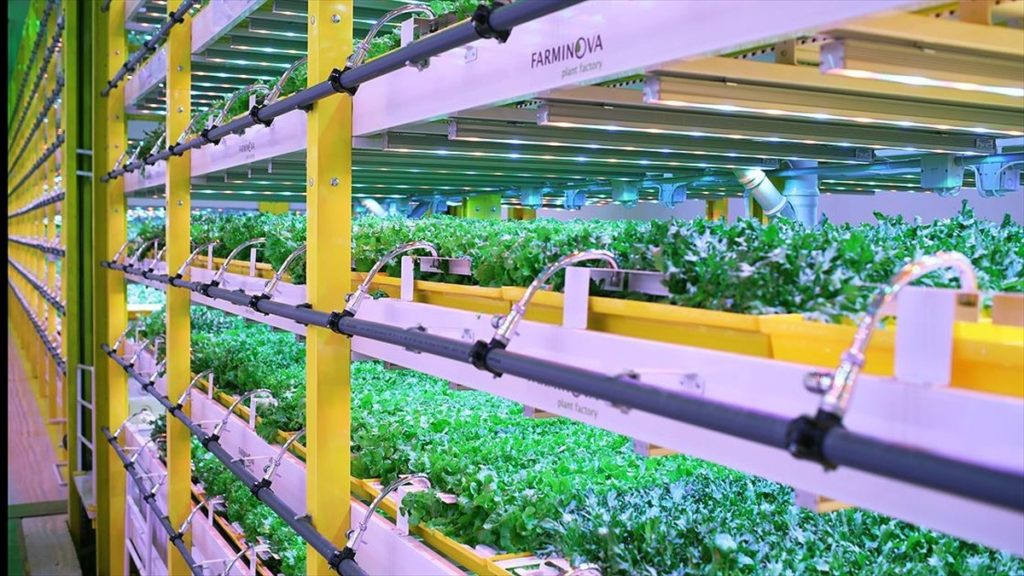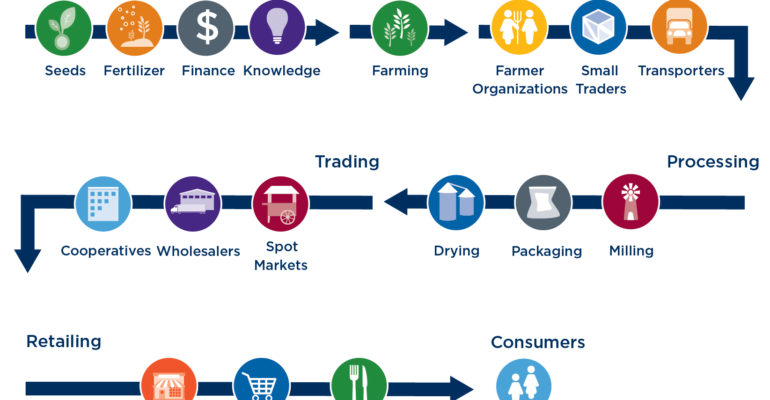There are many reasons why a government or international organization may advocate the introduction of urban indoor farming. This week we look at some of the main motivations for bringing agriculture closer to the consumer. While urban indoor agriculture may have seemed a far-fetched dream in the past, developments in city planning and technological innovation are making it into a reality. These developments are helping to alleviate pressure on food supply chains and cultivate food security in a period of mass population expansion.
Urban indoor agriculture is seen as a viable solution to dramatic increases in population. Already fifty-five percent of the world’s population lives in urban areas and this figure is set to increase. Moreover, eighty percent of all food produced globally is destined for consumption in urban spaces to meet this increased demand. By bringing farming closer to the city, agricultural networks have a better chance of meeting this demand sustainably and efficiently by cutting out unnecessary segments of the supply chain. Farmers are also better able to attract young people into the workforce as they can offer new and innovative routes into agriculture which appeal to the urbanized workforce.
Agriculture in urbanized areas also presents an opportunity to establish a more circular economy. Farming can be integrated more holistically into the overall working of urban life by combining its production with other essential services like waste management. Rather than establishing a food network that operates on a ‘cradle-to-grave’ methodology, urbanized farming presents new opportunities to recycle and reuse resources in an integrated bio-economy. The decrease in transportation costs which comes from closer proximity between consumers and producers also helps to reduce emissions. The benefits of urban indoor farming can be seen to not only enhance economic efficiency but also maximize sustainability by cutting down the city’s overall carbon footprint.

Farminova, Turkey
Finally, urban indoor agriculture offers an exciting opportunity for communities to reconnect with the process of farming. Shorter supply chains not only increase accessibility to food but can also improve overall public engagement with the food production process. Supply chains can be seen not only as a means to an end but also as an opportunity for social engagement by integrating small producers, farms and vulnerable groups along the supply chain. Educational opportunities for schools and society as a whole can be brought closer to the urban population which allows a reconnection with the cultivation of fresh produce.
While it is possible that cities never become solely reliant on urban agriculture, it is clear that the integration of agriculture into the urban zone offers several social, economic and environmental benefits. Food supply chains should therefore actively cultivate urbanized agriculture to help reach increased standards of efficiency and sustainability at this time of rapid population expansion.
Author: Emily Markham



Comments are closed.